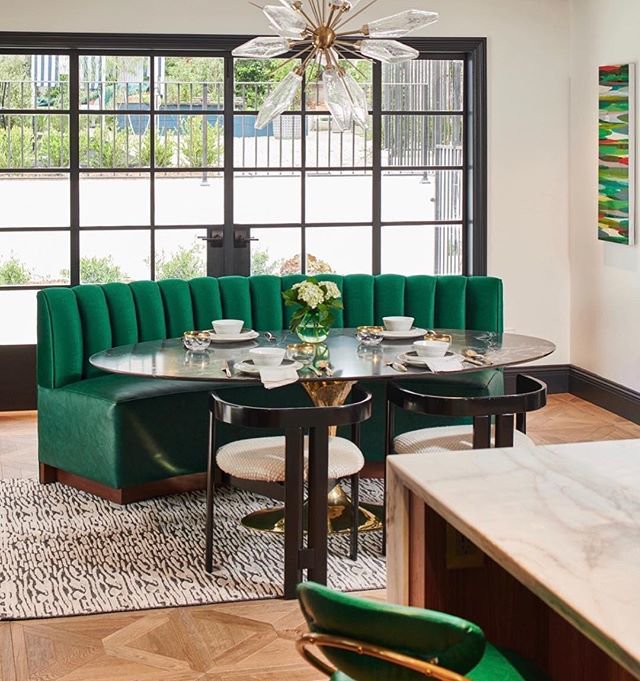Once again, the capital of the Veneto region gathers the most renowned international artists and architects. This edition, which will take place from May 26th to November the 25th 2018, will exhibit the latest trends in architecture at a social, urbanistic and constructive level. The event will count with important figures in the field, including the most reputed reviewers, who will determine which are the best projects in the event.
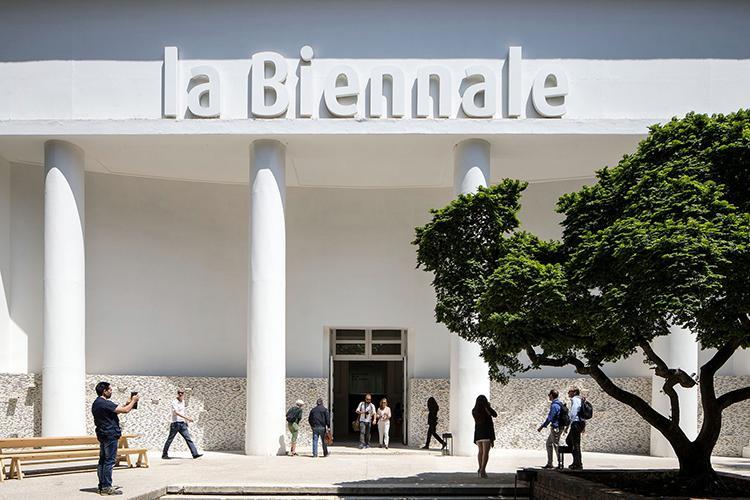 Under the title of FREESPACE, this year’s Architecture Biennale is curated by commissioners Yvonne Farrell and Shelley McNamara. The selected projects draw from the concept of free spaces; from their conception to their importance with regards to people’s quality of life. In Paolo Baratta’s words –the event’s chairman-, “Space, free space, public space can also reveal the presence or absence of architecture, if we understand architecture to be “thinking applied to the space where we live, that we inhabit”.” Based on this premise, FREESPACE puts together an exhibition in which 71 participants contribute to the arts with their groundbreaking projects. The show is organized in two sections: Close Encounter, focused on the importance of historic architecture in everyday life, and The Practice of Teaching, focused on projects conceived within educational processes, respectively. Álvaro Siza, Peter Zumthor, BIG or ELEMENTAL are just a few of the names forming the long list of great creators and thinkers gathered in this event.
Under the title of FREESPACE, this year’s Architecture Biennale is curated by commissioners Yvonne Farrell and Shelley McNamara. The selected projects draw from the concept of free spaces; from their conception to their importance with regards to people’s quality of life. In Paolo Baratta’s words –the event’s chairman-, “Space, free space, public space can also reveal the presence or absence of architecture, if we understand architecture to be “thinking applied to the space where we live, that we inhabit”.” Based on this premise, FREESPACE puts together an exhibition in which 71 participants contribute to the arts with their groundbreaking projects. The show is organized in two sections: Close Encounter, focused on the importance of historic architecture in everyday life, and The Practice of Teaching, focused on projects conceived within educational processes, respectively. Álvaro Siza, Peter Zumthor, BIG or ELEMENTAL are just a few of the names forming the long list of great creators and thinkers gathered in this event.
The key element of this year’s edition: the presentation of the Forte Marghera Special Project and the Special Project at the Applied Arts Pavilion. The first one, located in Mestre, is an installation designed by Sami Rintala and Dagur Eggertsson which not only accommodates many of the event’s programmed activities, but is also a space for experimentation where issues regarding the concept of “free space” can be discussed.
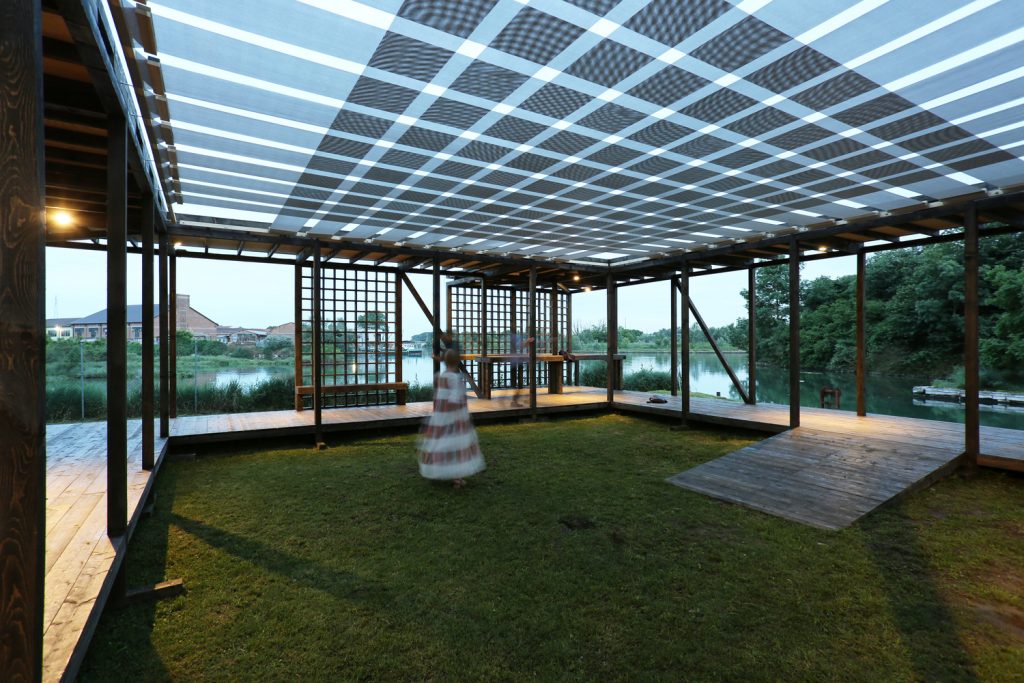 The second project, located in the Sale d’Armi in the Arsenale, showcases a study on London’s social housing during the 70’s; specifically, Alison and Peter Smithson’s Robin Hood Gardens, built in 1972. Using a sample of the remains of the demolished building as the main element of the show, Sami Rintala and Dagur Eggertsson intend to open a debate about the path that social architecture should take in the near future.
The second project, located in the Sale d’Armi in the Arsenale, showcases a study on London’s social housing during the 70’s; specifically, Alison and Peter Smithson’s Robin Hood Gardens, built in 1972. Using a sample of the remains of the demolished building as the main element of the show, Sami Rintala and Dagur Eggertsson intend to open a debate about the path that social architecture should take in the near future.
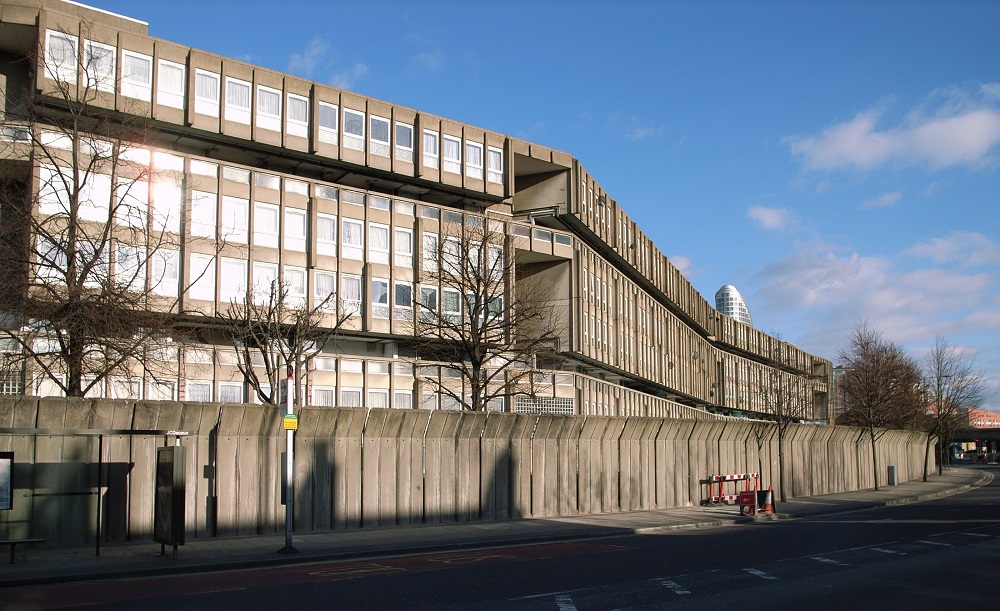 Although it is not easy to choose between so many great projects exhibited in the event, we would like to mention Switzerland’s “House Tour”, created by Alessandro Bosshard, Li Tavor, Matthew van der Ploeg and Ani Vihervaara.
Although it is not easy to choose between so many great projects exhibited in the event, we would like to mention Switzerland’s “House Tour”, created by Alessandro Bosshard, Li Tavor, Matthew van der Ploeg and Ani Vihervaara.
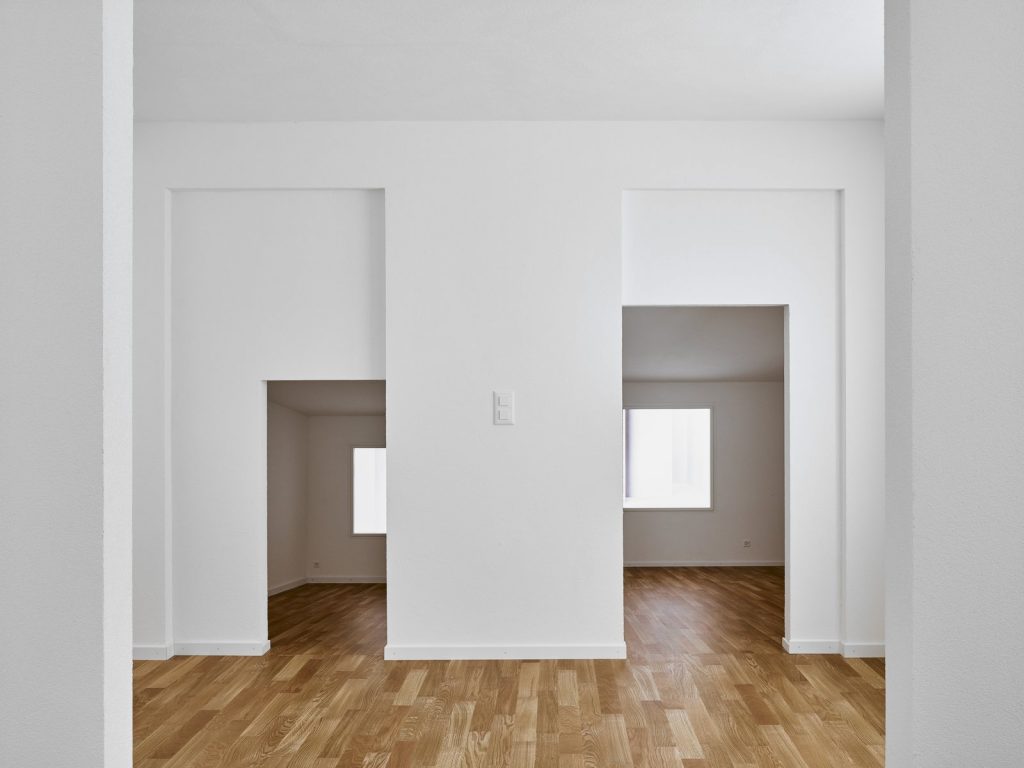 Their intention with this project is to enhance the conception of domestic spaces, as well as to invite the visitor to rethink its daily use.
Their intention with this project is to enhance the conception of domestic spaces, as well as to invite the visitor to rethink its daily use.
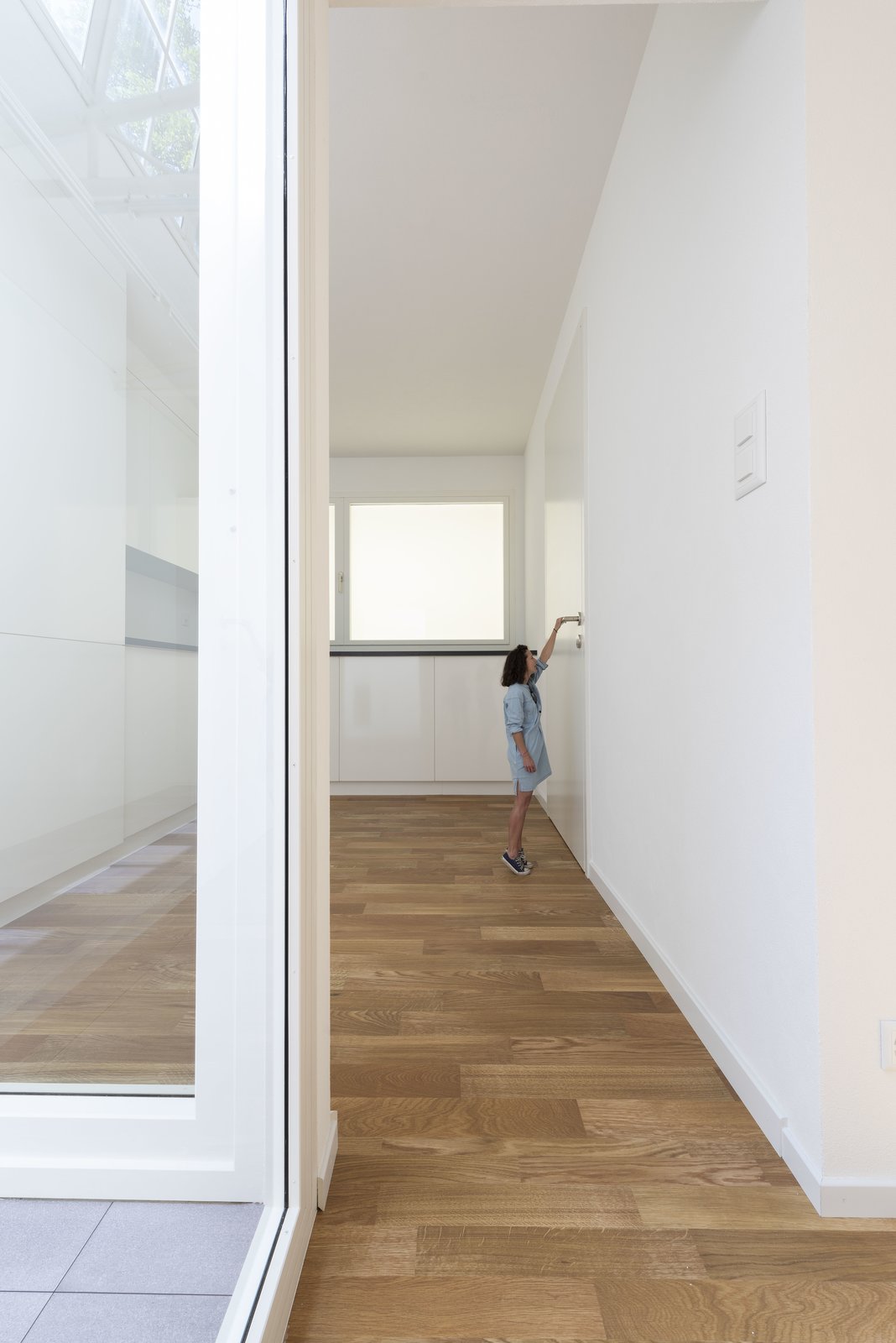 The German team -formed by Marianne Birthler, Lars Krückeberg, Wolfram Putz and Thomas Willemeit- creates an installation based on the vestiges –both architectural and social- of the Wall of Berlin, under the title of “Unbuilding Walls”.
The German team -formed by Marianne Birthler, Lars Krückeberg, Wolfram Putz and Thomas Willemeit- creates an installation based on the vestiges –both architectural and social- of the Wall of Berlin, under the title of “Unbuilding Walls”.
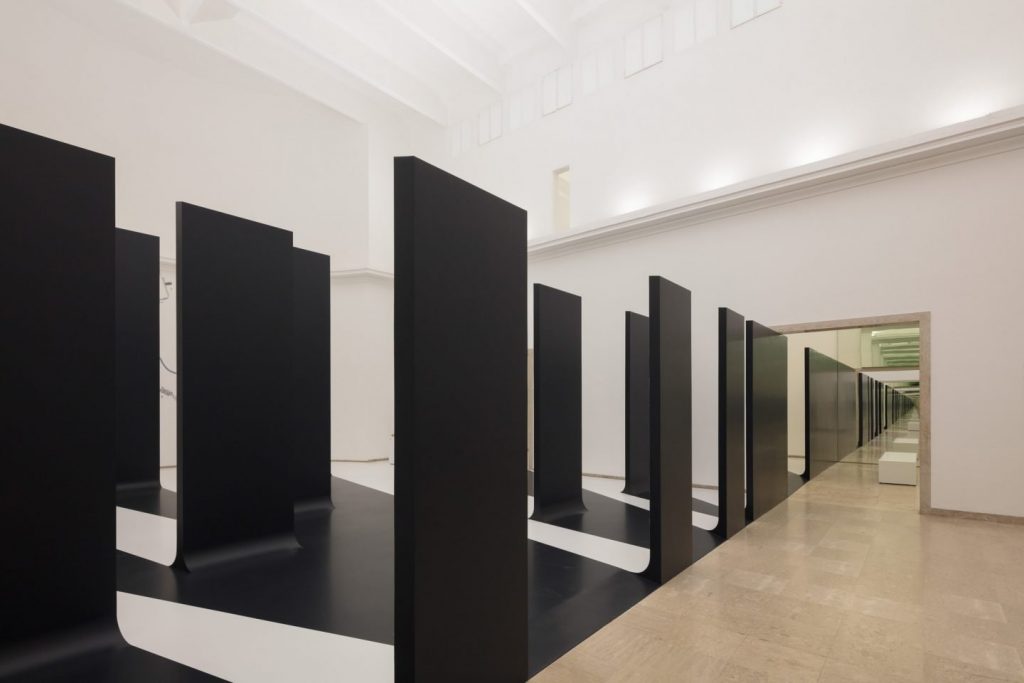 In the case of Argentina, the installation “Horizontal Vertigo” intends to highlight the value of its local landscape and architecture. Javier Mendiondo, Pablo Anzilutti, Franciso Garrido and Federico Cairoli recreate the immensity of the Argentinian pampas and encapsulate it in large containers situated between walls that are reminiscent of the local architecture.
In the case of Argentina, the installation “Horizontal Vertigo” intends to highlight the value of its local landscape and architecture. Javier Mendiondo, Pablo Anzilutti, Franciso Garrido and Federico Cairoli recreate the immensity of the Argentinian pampas and encapsulate it in large containers situated between walls that are reminiscent of the local architecture.
 Lastly, Japan’s exhibition is also well worth mentioning. Based on the sentence “Life obviously exceeds architecture”, Momoyo Kaijima, Laurent Stalder and Yu Iseki create an interactive project through which the visitor is able to understand the importance of architecture in people’s daily life. Drawings, sketches and detailed blueprints manage to establish a visual and conceptual connection between architecture and everyday life.
Lastly, Japan’s exhibition is also well worth mentioning. Based on the sentence “Life obviously exceeds architecture”, Momoyo Kaijima, Laurent Stalder and Yu Iseki create an interactive project through which the visitor is able to understand the importance of architecture in people’s daily life. Drawings, sketches and detailed blueprints manage to establish a visual and conceptual connection between architecture and everyday life.
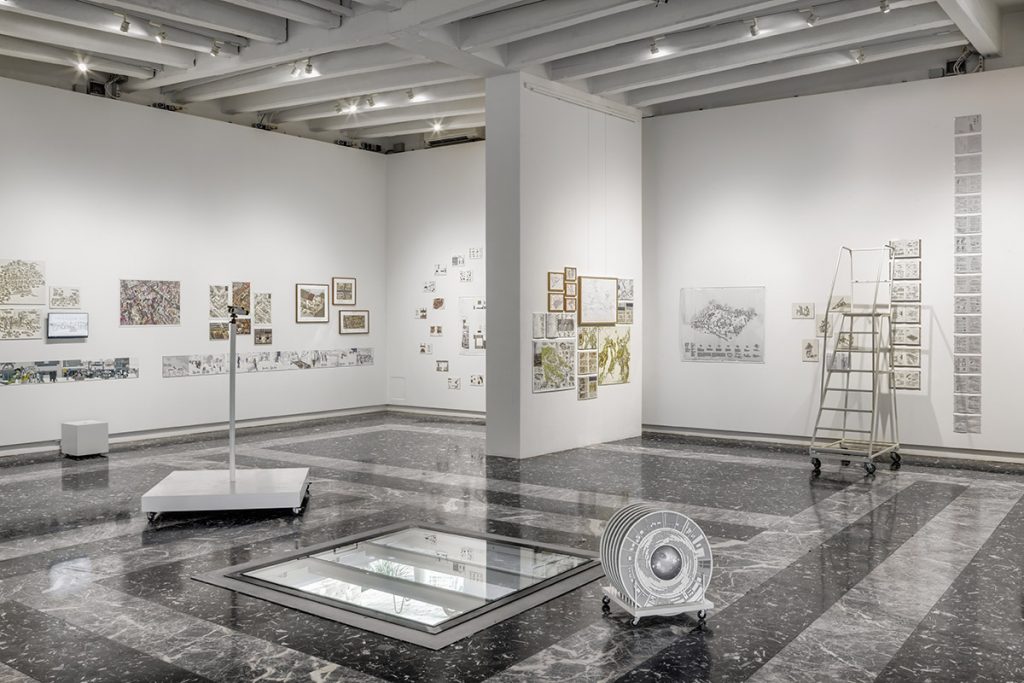 In addition to the exhibitions, other activities related to the concept of free space will take place. For instance, the activity Meetings on Architecture –organized by Farrell and McNamara- includes lectures and discussion panels regarding the ideas behind the concept of FREESPACE. The educational side of the Biennale of Architecture of Venice has become increasingly important throughout the years, and this year is no different. These activities are aimed at different collectives; children, teenagers, adults, professionals, companies… All of them can actively participate in a great number of workshops and guided tours led by the greatest professionals in the field. This initiative intends to help participants assimilate the experience in a more global and effective way.
In addition to the exhibitions, other activities related to the concept of free space will take place. For instance, the activity Meetings on Architecture –organized by Farrell and McNamara- includes lectures and discussion panels regarding the ideas behind the concept of FREESPACE. The educational side of the Biennale of Architecture of Venice has become increasingly important throughout the years, and this year is no different. These activities are aimed at different collectives; children, teenagers, adults, professionals, companies… All of them can actively participate in a great number of workshops and guided tours led by the greatest professionals in the field. This initiative intends to help participants assimilate the experience in a more global and effective way.
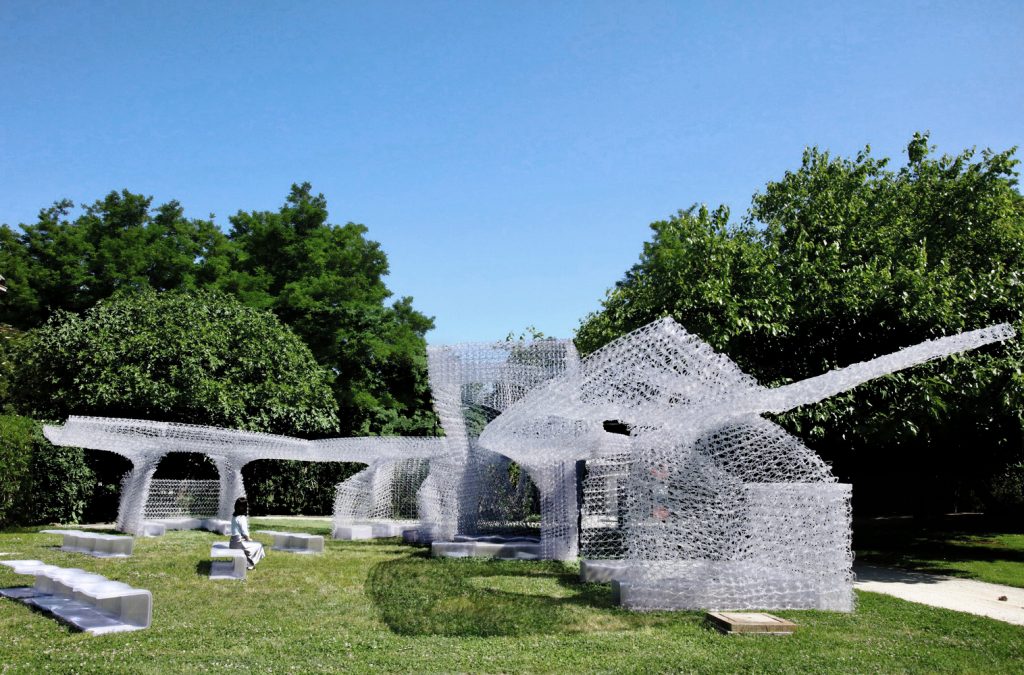 Through FREESPACE, the Venice Biennale 2018 raises the issue of one the most worrying problems currently regarding architecture; the general detachment that most people feel with regards to this field. This is usually generated by the mistaken belief that only a few connoisseurs can “really” understand it. FREESPACE points out that the environment, both built and intangible, is the scenery where our lives take place; we are all inevitably connected to it, and therefore, we all have a major role to play within it.
Through FREESPACE, the Venice Biennale 2018 raises the issue of one the most worrying problems currently regarding architecture; the general detachment that most people feel with regards to this field. This is usually generated by the mistaken belief that only a few connoisseurs can “really” understand it. FREESPACE points out that the environment, both built and intangible, is the scenery where our lives take place; we are all inevitably connected to it, and therefore, we all have a major role to play within it.

